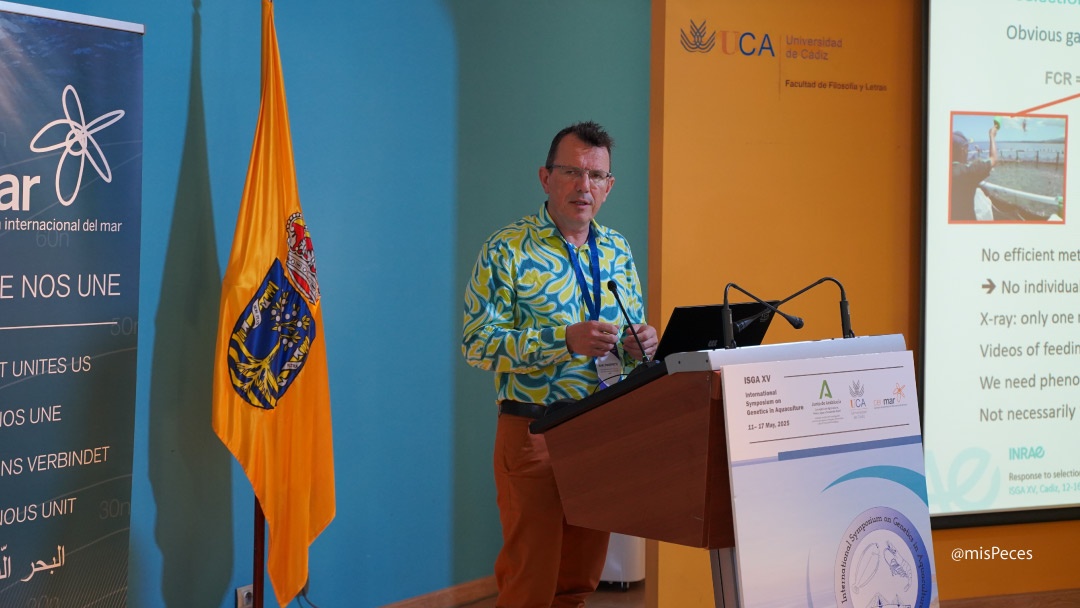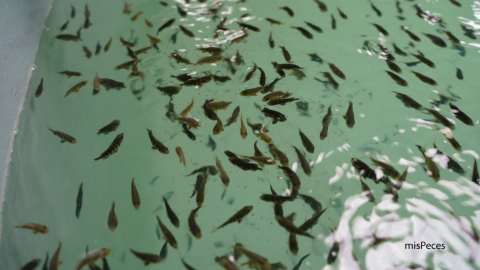
A team of researchers from INRAE, IFREMER, and MARBEC has developed a groundbreaking system capable of identifying individual fish within a tank, spotting uneaten feed pellets, and calculating the exact amount of food consumed by each seabass.
The innovation was unveiled at the XV International Symposium on Genetics in Aquaculture (XV ISGA), currently taking place in Cádiz, Spain.
As explained by Marc Vandeputte, a researcher at INRAE (Institut National de Recherque pour l’Agriculture, l’Alimentation et l’Environnement), the team-supported by artificial intelligence-has created a platform that observes, measures, and analyses individual feeding behaviour in seabass, even under group-living conditions. This has traditionally posed a significant technical challenge.
To overcome these hurdles, the team devised a computer vision-based system that can identify individual fish, detect leftover feed, and calculate food intake on a per-fish basis, even in group setting. Using a deep learning algorithm (YOLO), they achieved an impressive F1-score of 0.94 for fish detection-an outstanding result in the field of computer vision.
The system is currently being tested in a 240-litre aquarium, fitted with automatic feeders, underwater cameras, and specialised sensors. Future plans include refining the data models, analysing feeding behaviours ingreater depth, and integrating the system into genetic selection programmes involving hundreds of fish.
This technical leap is underpinned by a robust genetic framework. A total of 529 fish were genotyped using over 1,100 SPN markers (single nucleotide polymorphisms), and animal models with genomic relationship matrices (GRM) were employed to estimate heritability, correlations, and genomic breeding values (GEBVs). The findings suggest that both feed conversion ratio (FCR) and growth under restricted feeding are highly heritable traits, with a strong negative genetic correlation between them: fish that grow faster tend to use feed more efficiently.
The system was tested on over a six-month period with 831 juvenile seabass in individual tanks. The data revealed significant phenotypic and genetic variation among individuals, laying the groundwork for more precise breeding strategies. The methodology involved digital phenotyping, detection of uneaten pellets, and automated FCR calculation per fish, enabling breeders to select not only for size but also for feeding efficiency and behavioural traits.
Next steps include scaling up the system to cover hundreds of fish, fine-tuning the AI to recognize feeding patterns, and linking this behavioural data to genetic decision-making in selective breeding programmes.
At the speaker emphasized, the work is supported by the European AquaImpact project and France 2030, and opens new doors for more sustainable, efficient, and welfare-oriented aquaculture.


